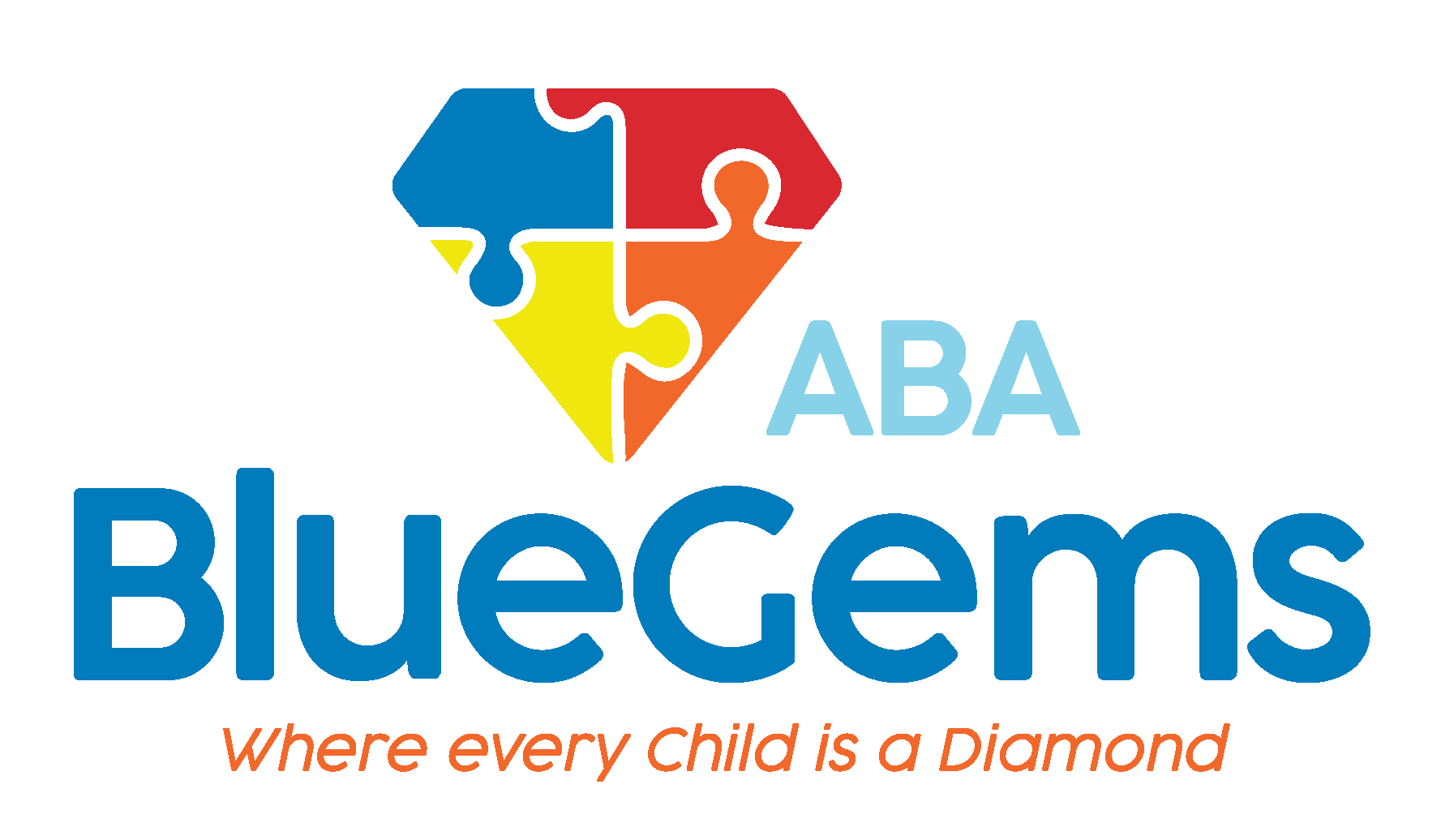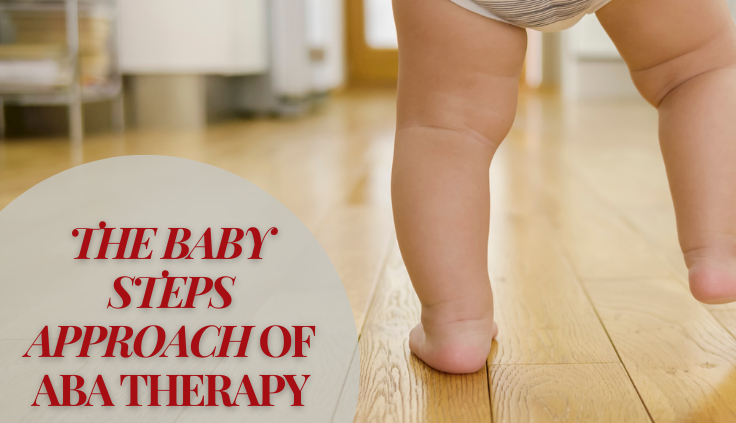Small Steps — The Baby Steps Approach of ABA Therapy
Every person learns a little differently than others.
Some may be visual learners and excel when they are shown pictures or have someone model a new skill for them first. Others may thrive on written instructions and trying something on their own first.
For children who have autism spectrum disorder (ASD), it can be hard to grasp new skills when they are taught the entire skill at once. This can be confusing to them, and it can cause them to become easily overwhelmed.
That’s why applied behavior analysis, or ABA therapy, relies on the baby steps approach to teach children with autism new skills. Relying on scientific evidence, ABA therapy seeks to teach new skills and help children modify their behaviors by using a step-by-step approach.
There are many different strategies that ABA therapists use to teach their patients this way, including what is known as Discrete Trial Training, or DTT.
Let’s dive into the baby steps approach of ABA therapy below to see how it works and how it’s used to help children with autism build social, communication and other daily life skills.
Table Of Contents
What is the Baby Steps Approach of ABA Therapy?
The baby steps approach of teaching and learning in ABA therapy is most present in Discrete Trial Training. DTT and ABA are not the same thing, though the two terms are sometimes used interchangeably.
DTT is just one technique that ABA therapists use to teach skills to their patients. It involves breaking down bigger skills into “discrete” or small steps.
When a therapist is starting to teach a new skill to a child with autism, they do so by teaching each of the steps that must be learned to complete the skills individually. As they do so, they use positive reinforcement as the child exhibits the desired behavior and masters each “step” of the skill.
What is an Example of DTT in ABA Therapy?
To understand how DTT works in practice in ABA therapy, it’s best to look at an example. If the therapist is trying to teach one of their patients to learn colors, they might follow this process:
- The therapist will start by teaching the child one color, such as blue.
- The therapist will have a few different pieces of paper that are each a different color — one blue, one yellow and one red.
- The therapist will hold up the blue paper and say the word “blue” while also pointing at it.
- The therapist will request that the child point to the blue card. If they do so correctly, the child will receive a reward, which could be extra praise or time with a toy they love.
- The therapist will then ask the child to point to the blue card while saying “blue,” and they will again receive a reward if they do so successfully.
- The therapist will then move on to teaching the child the next color — either yellow or red in this case — in the same way they taught blue.
- After each color has been taught individually, the therapist will then teach the child how to distinguish between the colors. This could be done by holding up all three pieces of paper and asking the child to point to the blue one while saying “blue.”
Why Does the Baby Steps Approach of ABA Therapy Work?
Due to the cognitive challenges that children with autism face, many struggle with understanding bigger concepts and processes. While neurotypical people may be easily able to grasp all the individual steps of a new skill at once, children on the autism spectrum may not.
Children who have autism often require a more methodical and structured teaching method, which is why the baby steps approach of ABA therapy works. This can and is applied to various new skills — whether it be learning colors, how to brush their teeth, how to tie their shoes, how to get a snack for themselves, how to modify certain behaviors and so much more.
DTT and other strategies are central aspects of ABA therapy because they have been proven to work for children who have ASD.
Blue Gems ABA Teaches New Skills to Children with Autism in Baby Steps
The baby steps approach of ABA therapy works because it simplifies new skills for children with autism. This step-by-step approach to teaching and learning is based around scientific evidence that has proven that children on the autism spectrum are better able to learn new skills in this way.
At Blue Gems ABA, we use the baby steps approach in our ABA therapy sessions with children who have ASD. We integrate it in all that we do, whether we’re following Discrete Trial Training or any other strategy.
This approach also allows us to more effectively create personalized ABA therapy treatment plans that cater specifically to each individual child’s unique strengths and challenges.
To learn more, please contact us today.




